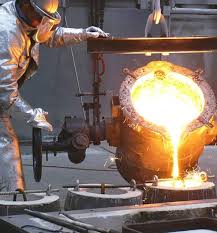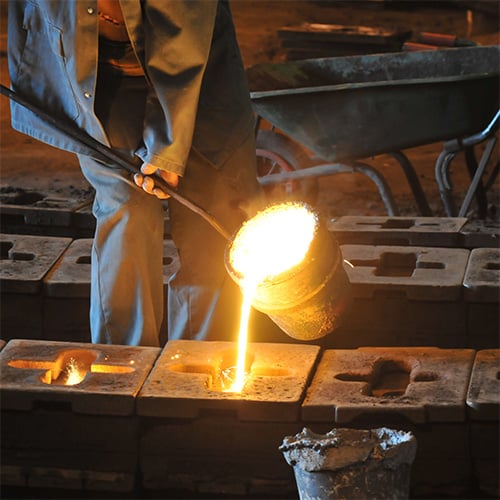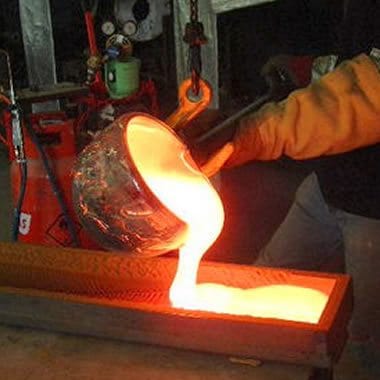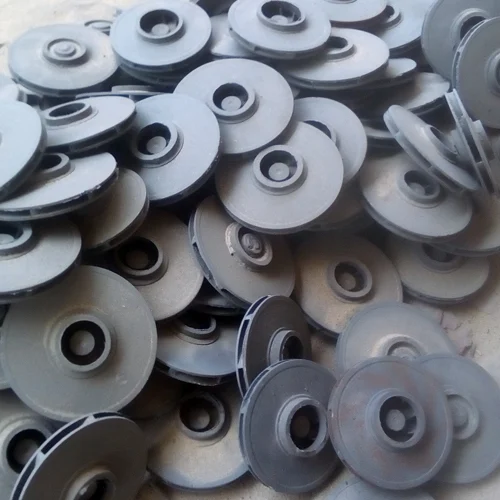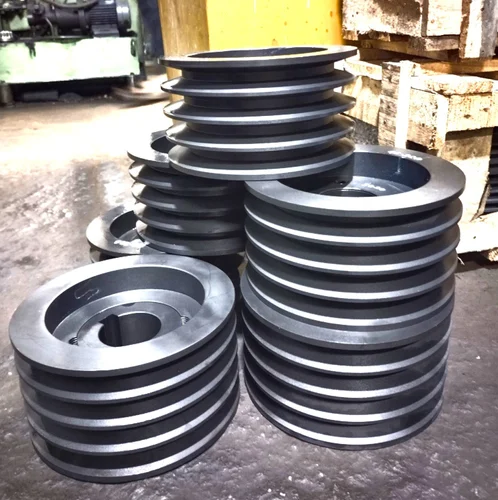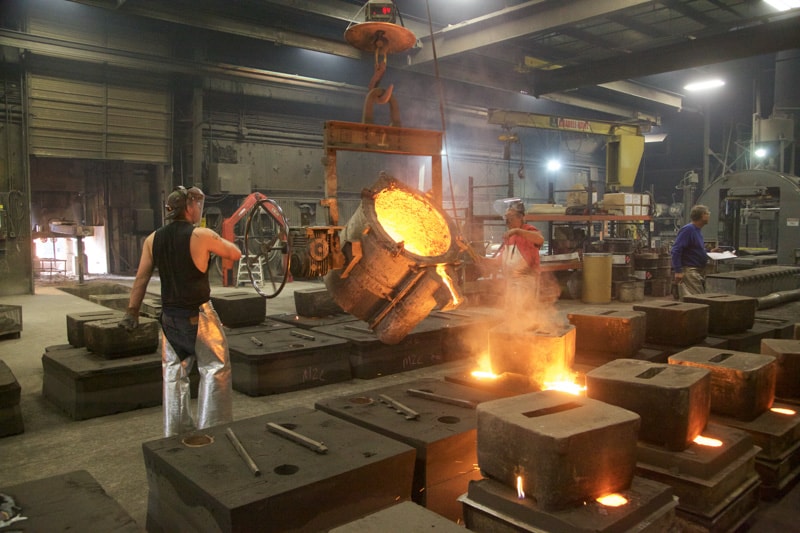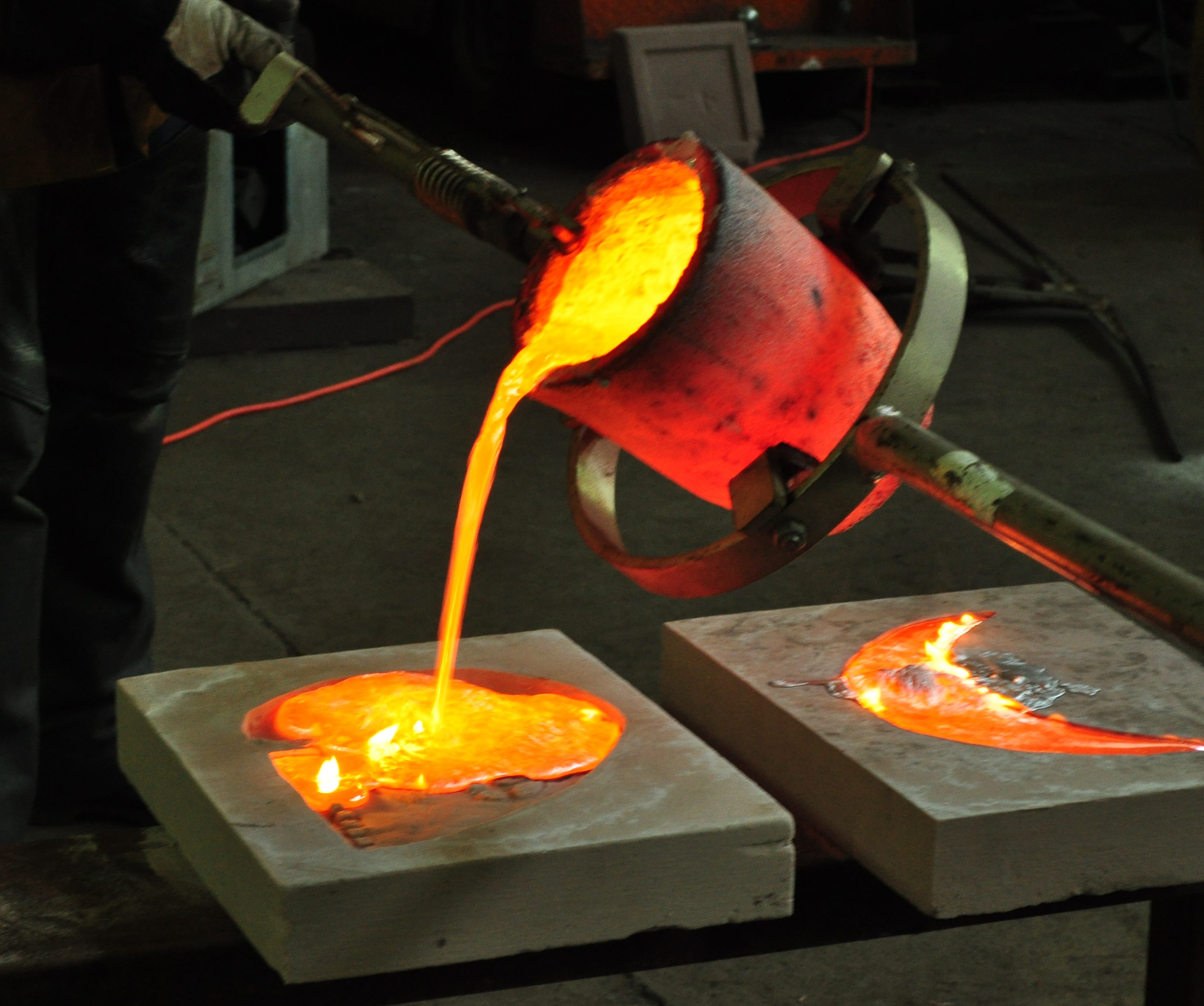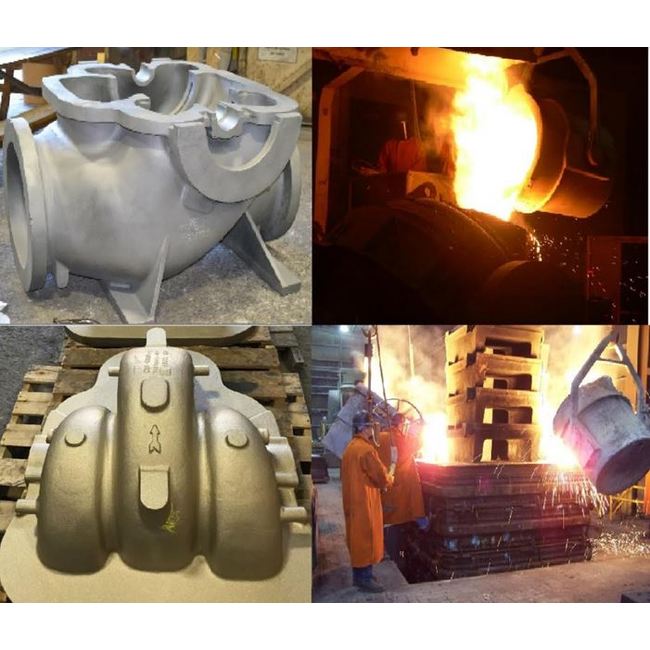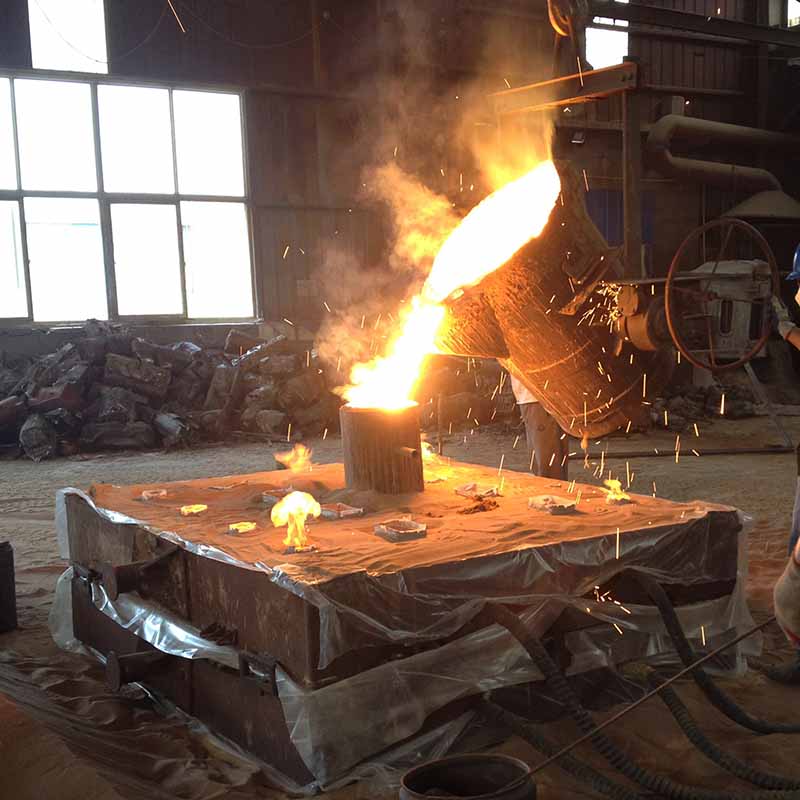About Wrought Iron Casting
Wrought Iron Casting, pioneered by P. Ostberg, revolutionizes malleable iron production. By adding 0.05 to 0.1 percent aluminum, the melting point is reduced, and the metal remains fluid. The molten metal is then poured into molds lined with a unique blend of molasses and ground burnt fire clay. This process, conducted in a petroleum furnace, yields castings known as Wrought Iron Castings, prized for their strength and versatility.
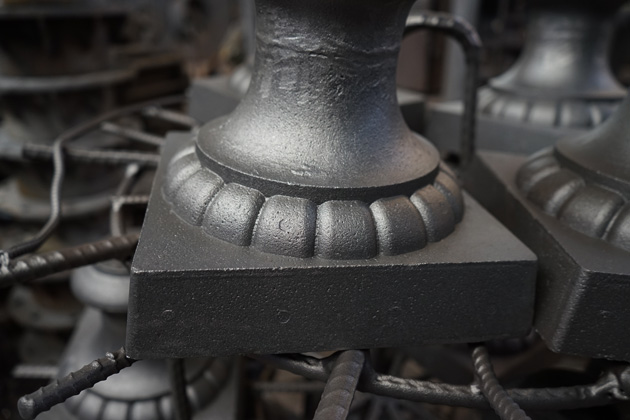
- Wrought Iron Casting, an innovation credited to P. Ostberg, transforms the production of malleable iron castings.
- The process involves adding a small amount (0.05 to 0.1 percent) of aluminum to lower the melting point and maintain fluidity.
- The molten metal is then carefully poured into specialized molds lined with a mixture of molasses and ground burnt fire clay.
- This meticulous process takes place in a petroleum furnace, ensuring precise control over temperature and casting conditions.
- The result is Wrought Iron Castings, known for their remarkable strength, durability, and adaptability in various applications.
- This technique has played a pivotal role in advancing iron casting technology and remains valued for producing high-quality, malleable iron components.
